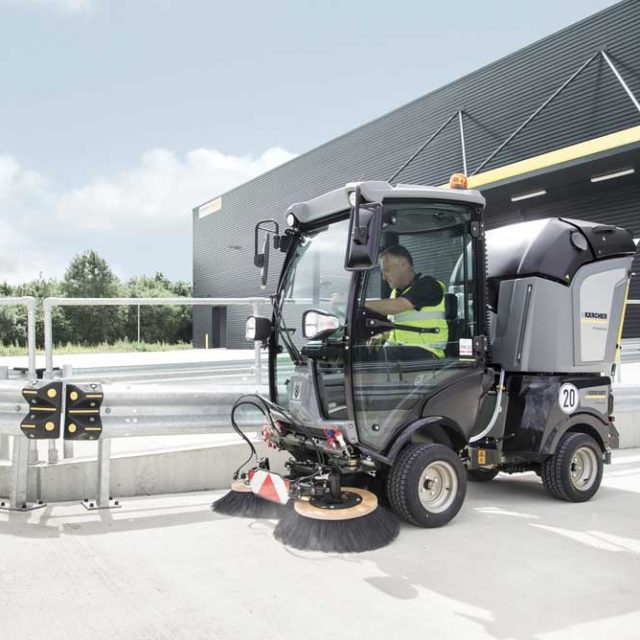Winter has officially arrived, and that means we’re about to be deluged in heaps of the white stuff. We are of course talking about salt.
Many business owners apply salt and sand rather liberally to their floor surfaces in an attempt to reduce the amount of slapstick slips and trips, but using this salt comes with its own set of problems for commercial flooring. To put this in technical terms which everyone can understand, salt stains are often difficult to shift!
Neutralise the PH level of salt
To effectively remove any salt residue from a hard surface you must first neutralise its pH level to around 7 or so. If you try to remove it without doing this you can end up with one of two problems.
Clear it with a dry vacuum and not only will stains remain, but you risk obliterating the finish of your floor. Use wet methods and you’ll have a salty sticky mess to rival anything you’d come across in your teenage son’s waste paper basket.
Neutralisation can be achieved by using acidic chemicals to counter the alkaline salt, and whilst there are many brands of acidic pH neutraliser on the market, it is best to check with your floor finish manufacturer as to their recommended guidelines.
Carpets & hardwood Floors
If you have a hardwood floor, vinegar is not suitable for treating such surfaces, so ensure you purchase a specially formulated cleaner. Once you have fully broken down the salt you can easily clear the resulting mess using commercial cleaning equipment such as a scrubber dryer.
For carpets and entrance matting you can use the same neutraliser to break down the salt before attempting to lift it. Then give the required area a scrub with a carpet brush and lift the residue with either a scrubber dryer or a carpet extractor.
The best method of keeping salt stains at bay is of course to prevent their build-up in the first place. Entrance matting with several different bristle styles can help remove the majority of salt and grit before employees enter your premises.


















